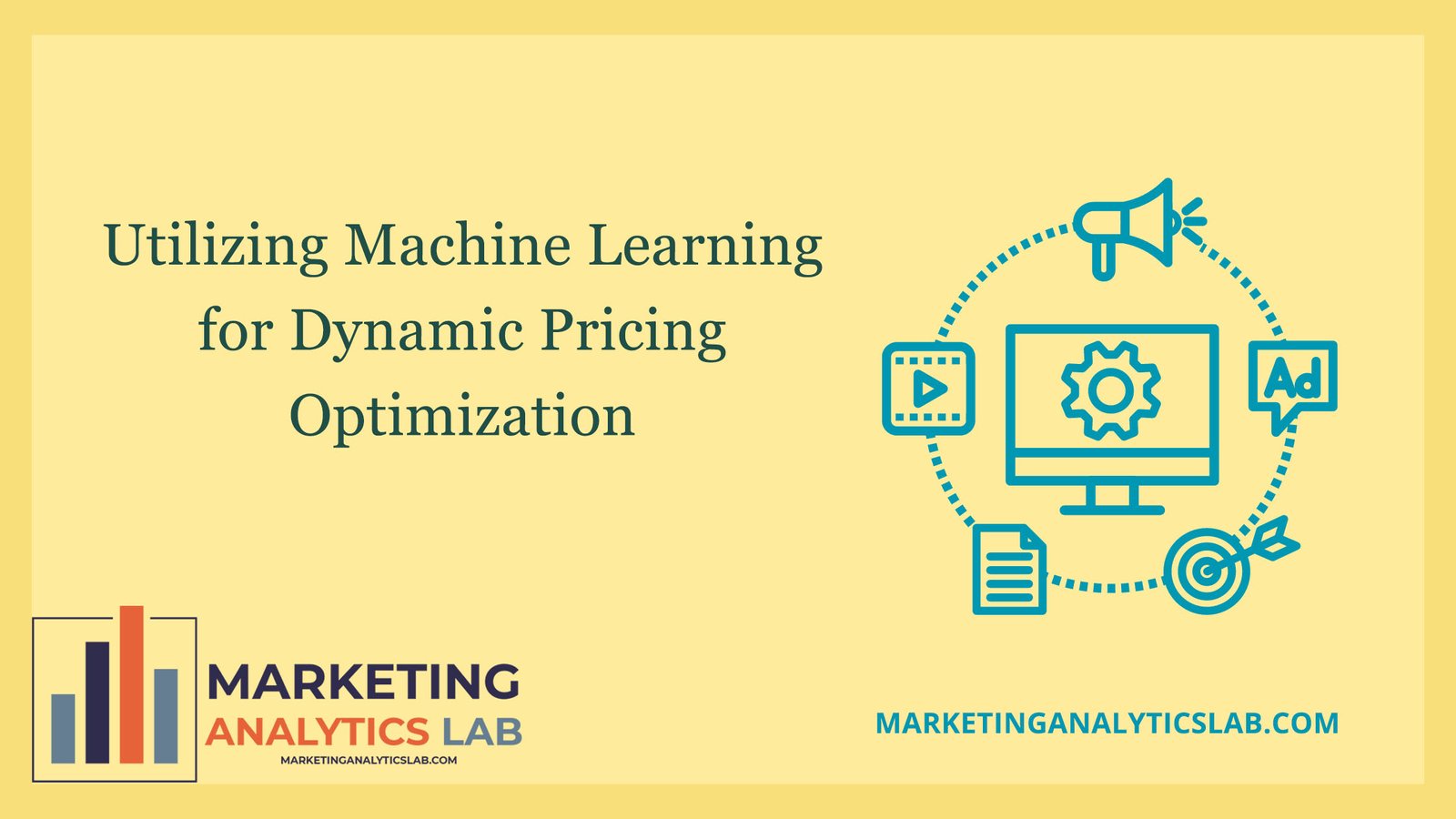The Benefits of Utilizing Machine Learning for Dynamic Pricing Optimization
Dynamic pricing is a pricing strategy where businesses adjust prices in real-time based on market conditions, demand, and other external factors. This strategy allows companies to maximize revenue and profit by setting prices that are optimal for both customers and the business. Utilizing machine learning for dynamic pricing optimization offers several benefits. One major advantage is the ability to analyze large amounts of data quickly and accurately. Machine learning algorithms can process vast amounts of data in real-time, allowing companies to make pricing decisions based on up-to-date information.
Another benefit of using machine learning for dynamic pricing optimization is the ability to personalize pricing for individual customers. By analyzing customer data and behavior, machine learning algorithms can predict how much a customer is willing to pay for a product or service. This allows businesses to offer personalized discounts or promotions to specific customers, increasing sales and customer satisfaction. Machine learning can also help businesses stay competitive by monitoring market trends and adjusting prices accordingly. By analyzing competitor pricing and market demand, companies can ensure they are offering prices that are competitive and attractive to customers.
Additionally, machine learning can help businesses automate the pricing process, saving time and resources. By using algorithms to analyze data and make pricing decisions, companies can reduce the need for manual intervention and optimize pricing strategies more efficiently. This automation can lead to faster response times to market changes and improved decision-making. Overall, utilizing machine learning for dynamic pricing optimization can help businesses improve their pricing strategies, increase revenue, and stay competitive in today’s fast-paced market.
Implementing Machine Learning Algorithms for Effective Dynamic Pricing
Implementing machine learning algorithms for dynamic pricing optimization requires careful planning and execution. Companies must first gather and analyze relevant data, including customer behavior, market trends, and competitor pricing. This data will serve as the foundation for training machine learning models to predict optimal prices. Companies also need to select the right machine learning algorithms for their specific needs. Different algorithms, such as linear regression, decision trees, or neural networks, may be more suitable depending on the complexity of the pricing problem.
Once the machine learning models are trained, companies must test and validate their effectiveness before deploying them in a live pricing environment. This process involves fine-tuning the algorithms and adjusting parameters to ensure they are accurately predicting prices and maximizing revenue. Companies should also monitor the performance of the machine learning models regularly and make adjustments as needed to keep up with changing market conditions. Implementing machine learning for dynamic pricing optimization is a continuous process that requires ongoing monitoring and optimization to ensure the best results. By investing in the right tools and expertise, businesses can leverage machine learning to optimize their pricing strategies and achieve their revenue goals.

